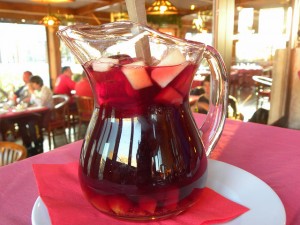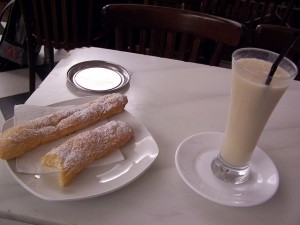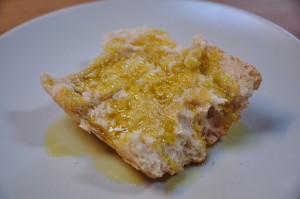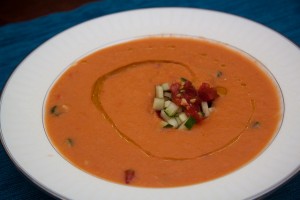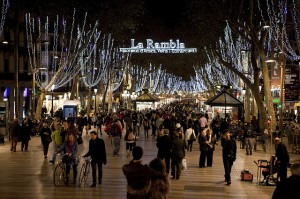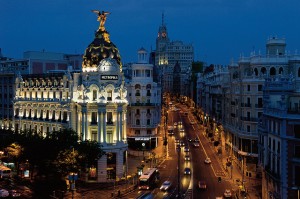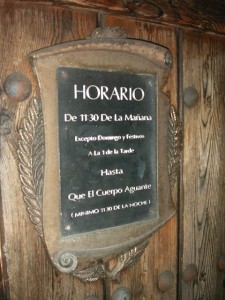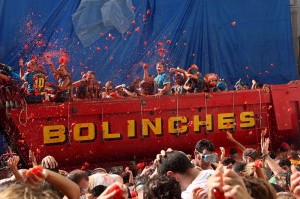The match of the year, the confrontation of the century, the Derby, the classic of the Spanish football…many are the names given to this match, a confrontation that all football fans have marked on their calendar and that Spanish students from Spain cannot afford to miss out on.
It will be on Saturday, the 10th of DecemThe match of the year, the confrontation of the century, the Derby, the classic of the Spanish football… a match that Spanish students from Spain cannot afford to miss out on.ber at 10pm, in the Santiago Bernabeu stadium, in Madrid, and it will be shown on the television channel La Sexta, freeview.
The Real Madrid and the Barcelona are the best football teams in Spain, two of the most famous internationally, in fact, currently, they are the teams with the biggest budget in the world, both with numbers higher than 450 million Euros, with an advantage on Manchester United, in third place, with 384 M€ for the 2010/2011 season.
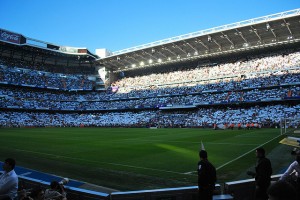
The Santiago Bernabeu stadium of Real Madrid
►…continue reading about a match that brings Spain to a halt








